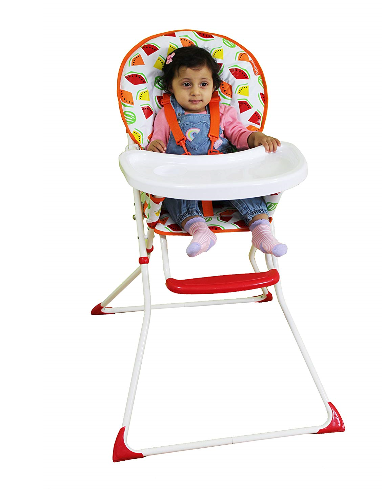

The same number of red kites were released in the Chilterns as in North Scotland between 19, but while the Chilterns population has grown to more than 200 pairs, the north Scottish population has remained at only 35 pairs. Numerous incidents of illegal poisoning appear to be preventing the population from increasing. In the UK, only in northern Scotland do we have serious concerns about the future. This is particularly welcome as the European red kite population has declined dramatically and is now listed as globally-threatened by the IUCN/BirdLife International. The population in Wales has increased to more than 400 pairs and populations in most of the release areas in Scotland and England are already self-sustaining.

The prospects for red kites in the UK are extremely good, with increasing numbers at most of the release locations. Touring red kite trails have been set up, and enterprising farmers have set up kite-feeding stations which draw high numbers of visitors. Local economies have benefited from ‘kite country’ green tourism initiatives. The children find out that kites are exciting and spectacular birds and share their enthusiasm with family and friends. Support from local residents has been important too and we have often started by visiting schools, inviting children to see kites being released and helping them with associated project work. Most have seen this for themselves, and are now proud to have kites nesting on their land, protecting them and monitoring their success.Ĭhristopher Ussher, resident agent at the Harewood Estate, was quoted in Shooting Times and Country Magazine as saying: ‘Initially we received comments from neighbours about how the birds would affect the estate, but there is no conflict at all.’ It has been important to reassure landowners and gamekeepers that red kites pose no risk to game shooting interests or livestock. Unfortunately, the embodiment of the chemical lasers and - more importantly - the loading mechanism for the lasers that drew from the three-ton ammunition bay left the load mechanism liable to jamming if the turret had been rotated more than 60° off-center when the loading mechanism engaged.ĭespite the problem with the weapon systems, the Red Kite's high speed and the protection offered by three and a half tons of Imstar HL ferro-fibrous armor served to keep the crew safe in many cases.The RSPB, together with its partners, has worked hard to ensure local support for the red kite reintroduction projects. The lack of recoil associated with the chemical lasers made them seem a more attractive option than the Imperator Napoleon Light AC/5 originally intended for the Red Kite, and four were mounted in the turret originally designed for the Imperator while two others were fixed to the front of the Red Kite.

RED KITE HIGHCHAIR SERIES
The Red Kite introduced to service mounted 6 Series 2CHM Medium Chemical Lasers, having secured the Clantech weapons during the later stages of the development program. Weapons and Equipment Ĭapable of moving at a maximum speed of 183 km/h, the Red Kite was noticeably faster than contemporary gunships such as the Yasha or Yellow Jacket, but the Red Kite's weapons suite was effective over a noticeably shorter range despite the impressive damage output. Designed by Imstar Aerospace and produced from the factories on Amity and Marik from 3093 onward, the Red Kite Attack VTOL earned a place in the reconnaissance forces of the Marik-Stewart Commonwealth through a combination of an impressive weapons payload and a low noise profile, despite being introduced to service with a very different weapons suite than that originally intended.


 0 kommentar(er)
0 kommentar(er)
